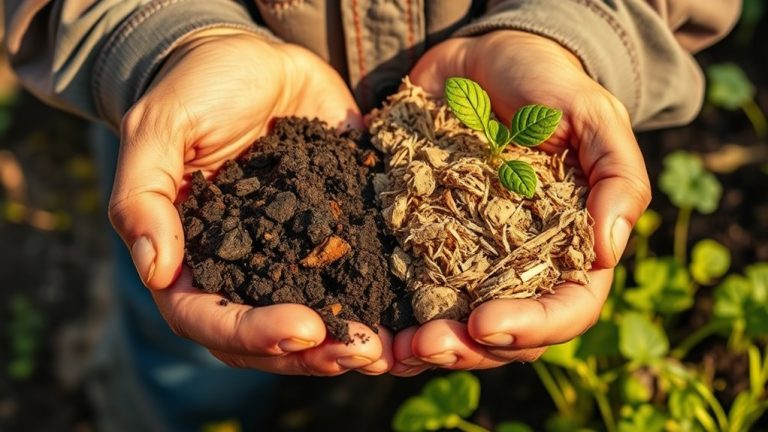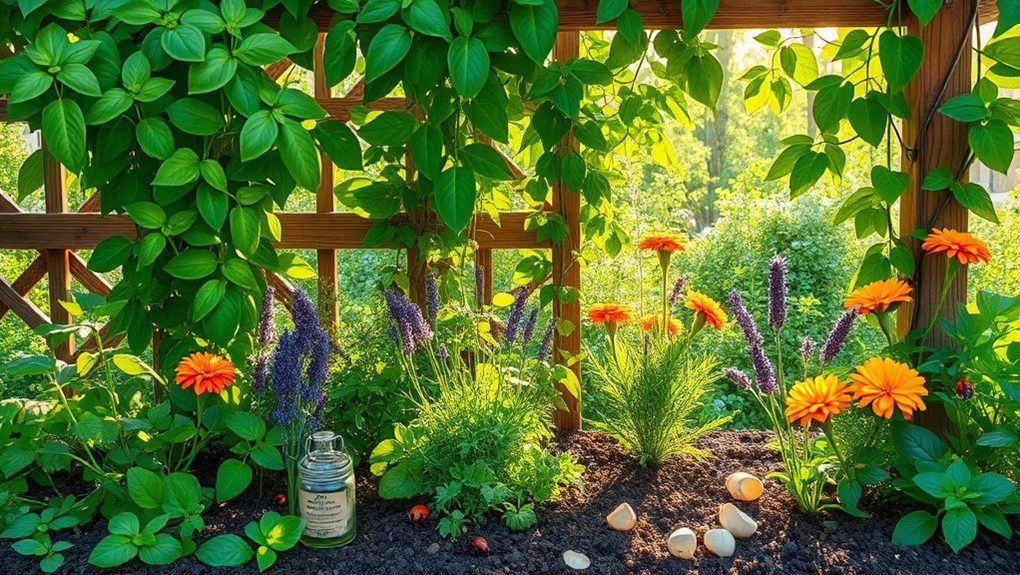
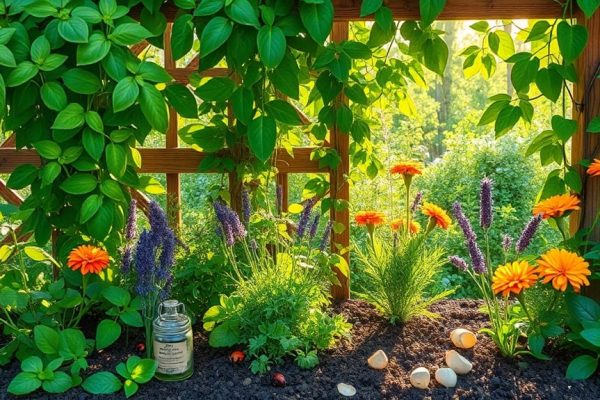
How to Naturally Keep Pests Out of Your Garden
How to Naturally Keep Pests Out of Your Garden Keeping pests out of your garden requires a strategic approach, combining various methods for optimal results. It’s essential to consider companion planting, which can enhance your garden’s defenses naturally. Additionally, incorporating essential oils and fostering beneficial wildlife can create a balanced ecosystem. Yet, the key to…
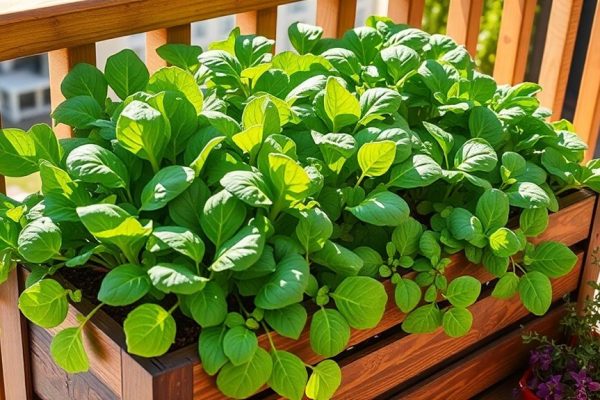
How to Grow Your Own Salad Greens in Small Spaces
How to Grow Your Own Salad Greens in Small Spaces Imagine plucking fresh greens from your own patio or windowsill, their vibrant colors brightening your meals. Growing salad greens in small spaces is not only feasible—it’s also rewarding. With the right containers, soil, and techniques, you’ll be on your way to a bountiful harvest. Curious…
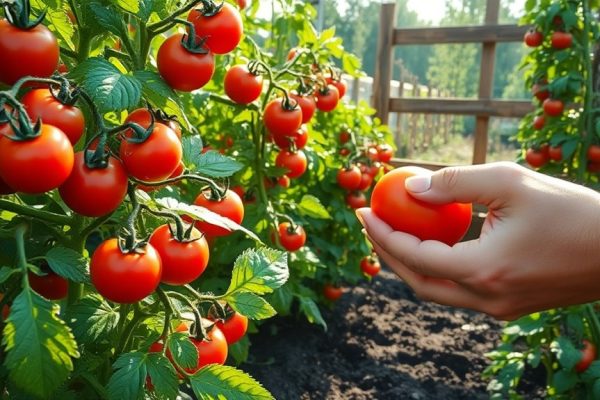
How to Grow Tomatoes Like a Pro
How to Grow Tomatoes Like a Pro You might think growing tomatoes is easy, but achieving a fruitful crop requires specific techniques and knowledge. From selecting the right variety suited to your climate to preparing nutrient-rich soil, each step is crucial for success. Understanding watering practices and sunlight needs can make all the difference in…
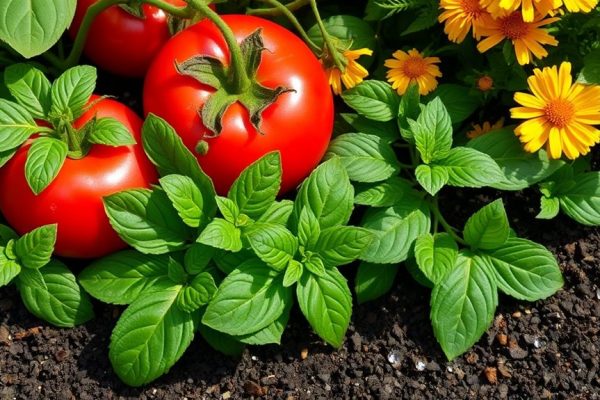
Companion Planting Combinations That Really Work
Companion Planting Combinations That Really Work Companion planting is a strategic approach that can elevate your garden’s health and yield. When you understand the beneficial relationships between different plants, you can create combinations that enhance growth and deter pests. For instance, pairing tomatoes with basil not only nurtures both plants but also creates a protective…
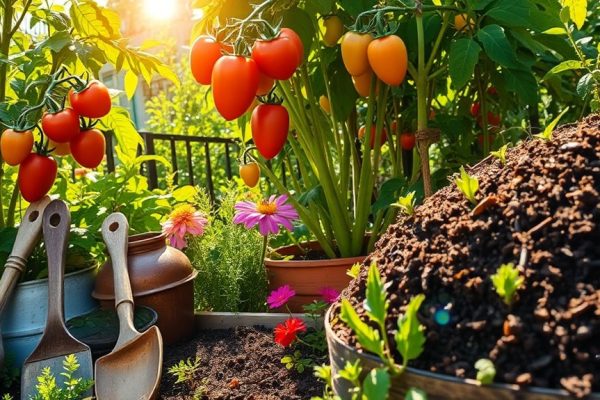
10 Organic Gardening Hacks Farmers Don’t Want You to Know!
10 Organic Gardening Hacks Farmers Don’t Want You to Know! If you’re looking to enhance your organic gardening experience, you’ve stumbled upon valuable insights that many seasoned farmers keep to themselves. By applying simple, effective techniques, you can boost soil quality, repel pests naturally, and create a thriving environment for your plants. These insider hacks…
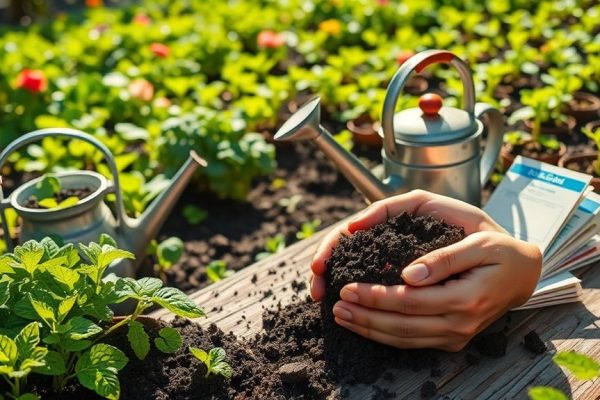
5 Beginner Gardening Tips That Actually Work
5 Beginner Gardening Tips That Actually Work Starting your gardening journey can feel overwhelming, but it doesn’t have to be. By choosing the right plants for your climate and understanding soil health, you can set a strong foundation. It’s essential to start small, gradually expanding your garden as your skills improve. Efficient watering techniques will…
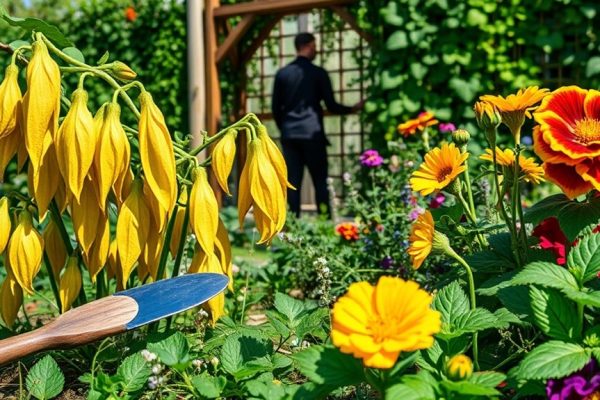
Common Gardening Mistakes You Can Easily Avoid
Common Gardening Mistakes You Can Easily Avoid Even the best gardeners can find themselves in a bind, like a ship adrift without a compass. It’s all too easy to make simple mistakes that can derail your gardening efforts. Overwatering, poor placement, and neglecting soil health are just a few pitfalls waiting for you. By examining…
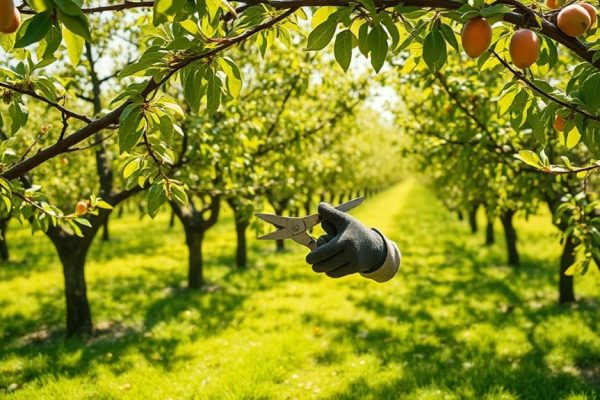
When and How to Prune Your Fruit Trees
When and How to Prune Your Fruit Trees If you’re looking to maintain the health and productivity of your fruit trees, knowing when and how to prune is essential. Timing varies depending on the type of tree; stone fruits need late winter attention, while pome fruits prefer early spring. You’ll also want the right tools…
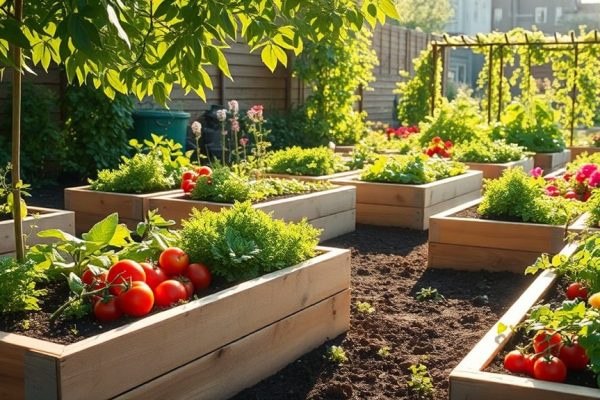
Why Raised Beds Can Transform Your Garden
Why Raised Beds Can Transform Your Garden Did you know that raised beds can significantly improve your soil quality by allowing for customized soil mixtures? By elevating your garden, you not only create a better environment for plant growth but also enhance drainage and prevent common issues like root rot. Plus, raised beds can make…
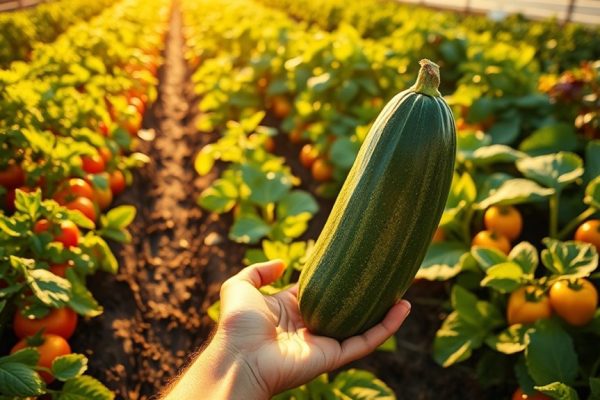
Vegetable Gardening Tips for a Bigger Harvest
Vegetable Gardening Tips for a Bigger Harvest Did you know that well-planned vegetable gardens can yield up to 10 times more produce than traditional methods? To maximize your harvest, several factors come into play, from site selection to pest management. It’s crucial to consider each element carefully. Let’s explore essential strategies that can turn your…









